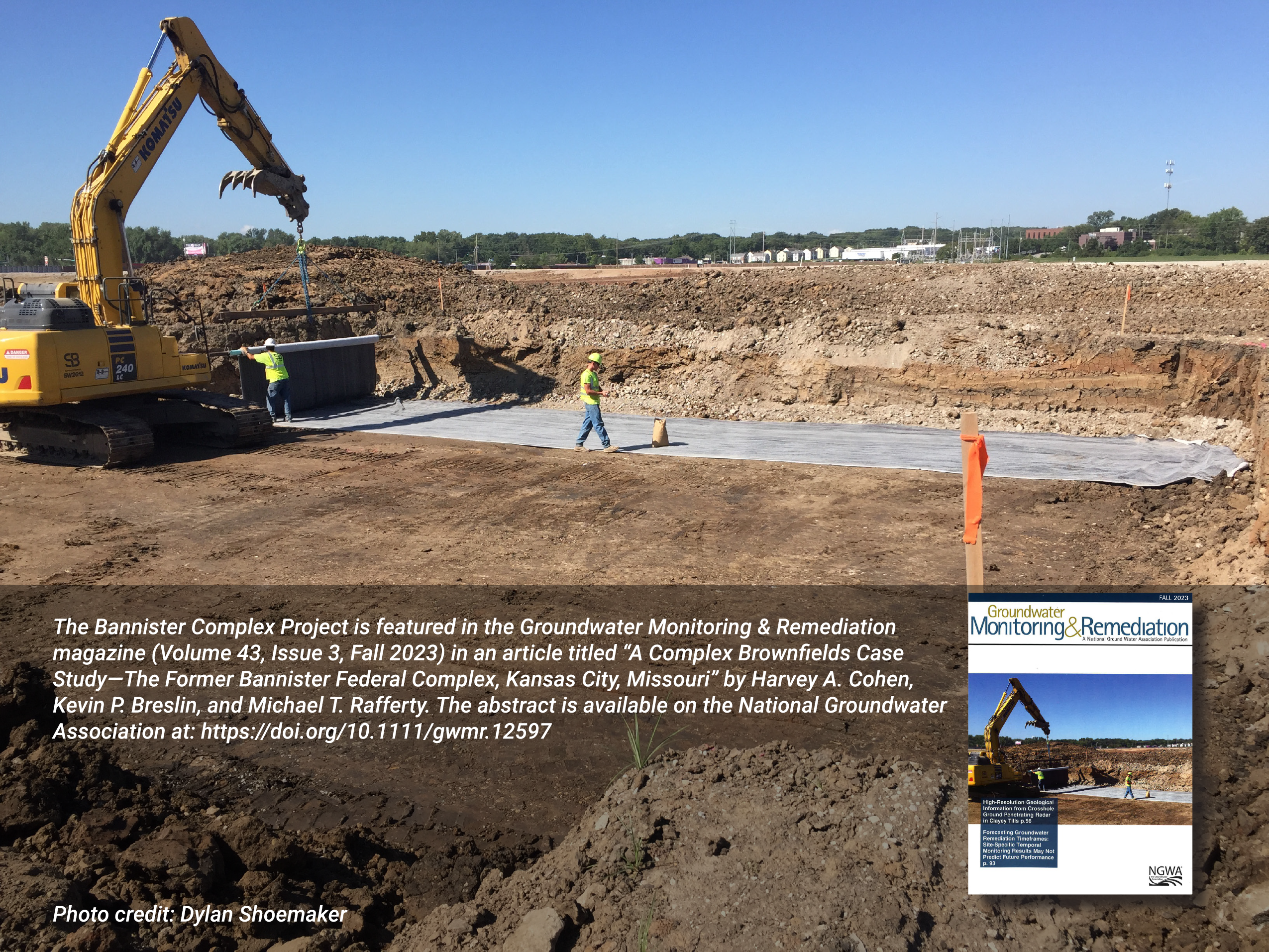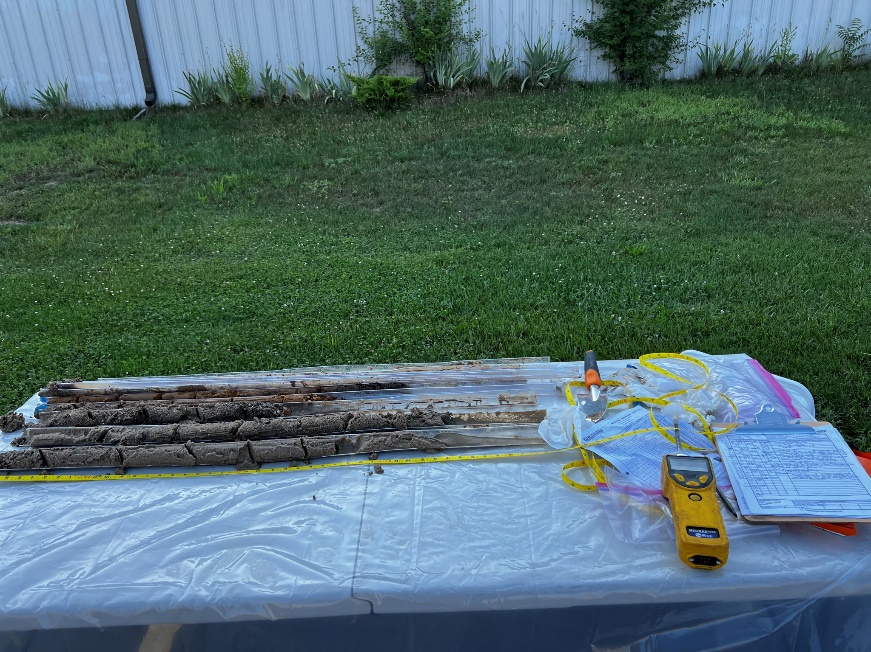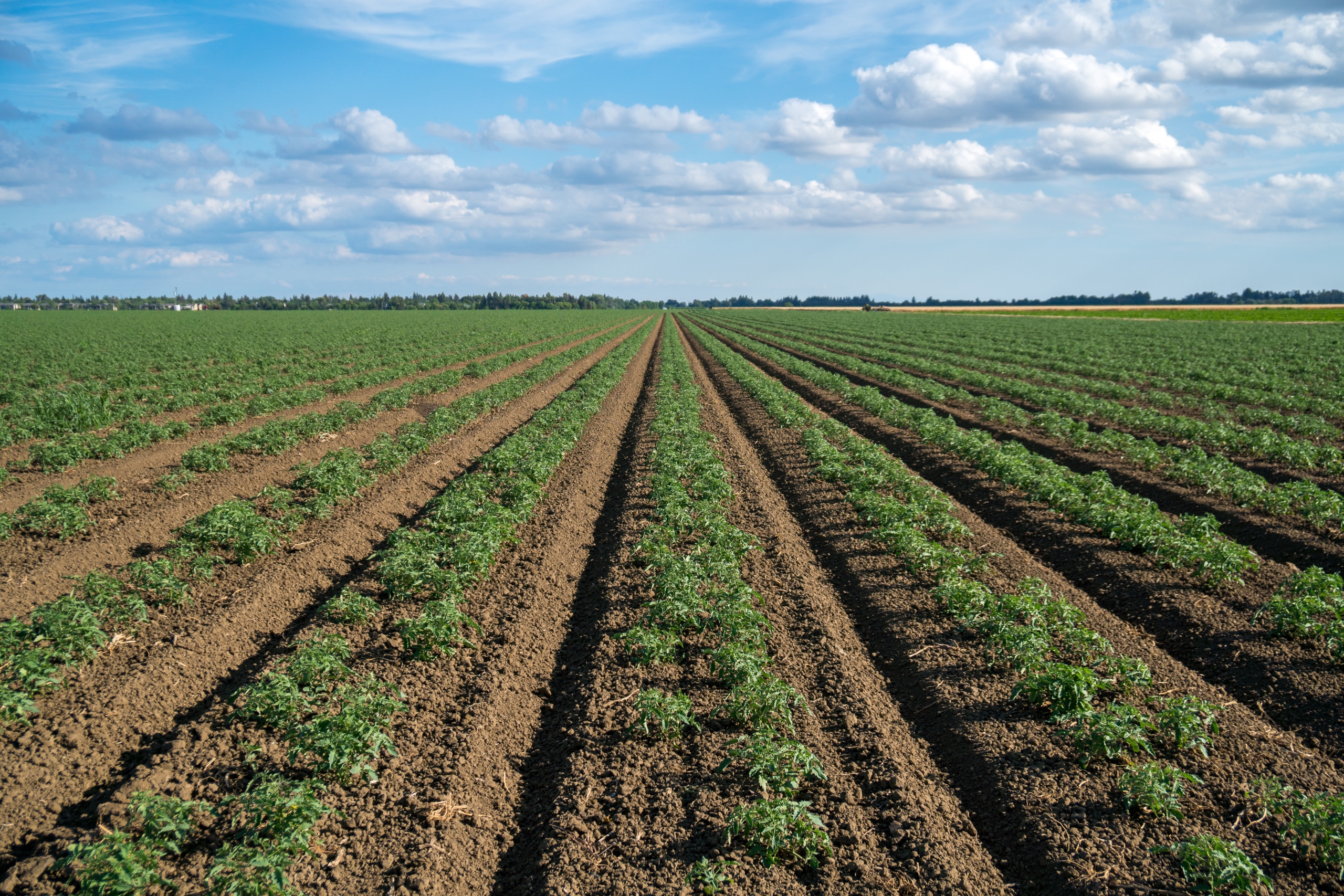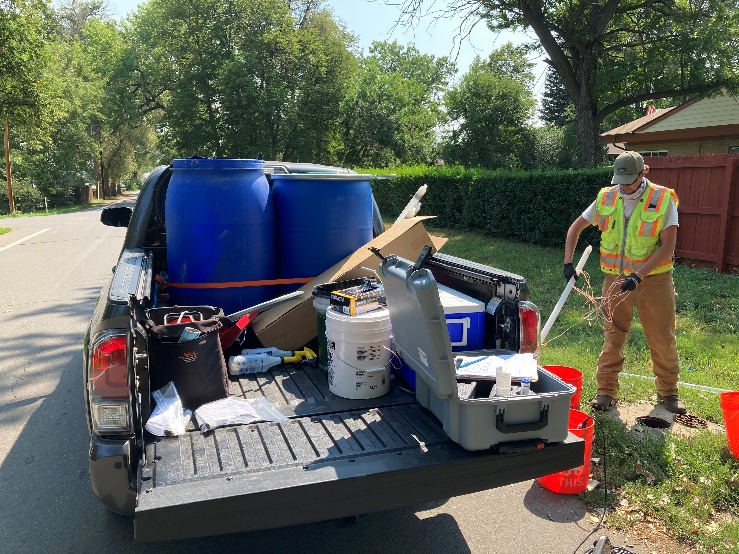Dr. Slawter is a geochemist with 10 years of post-graduate and professional experience. Her current expertise is focused on environmental projects involving contaminants in groundwater, surface water, soil, and sediment. She performs geochemical fingerprinting analysis to identify contaminant sources and support the development of fate and transport models for site-specific compounds. Dr. Slawter’s project experience includes providing geochemical consulting services for U.S. Environmental Protection Agency (EPA) CERCLA sites, EPA-regulated waste management/landfill sites, litigation matters, and other projects involving contamination from petroleum, per- and polyfluoroalkyl substances (PFAS), chlorinated solvents, PCBs, dioxins/furans, RCRA metals, and emerging contaminants. Her efforts support conceptual site model development as well as litigation, depositions, and cost allocation arbitration for confidential clients.
Dr. Slawter has extensive laboratory experience and performs data quality reviews and data validations, prepares and manages geochemical databases, implements data management best practices, and performs geotechnical analyses. Her background includes geochemical research in the fields of oil and gas exploration as well as planetary sciences. Dr. Slawter also has a background in contract laboratory services for agricultural, pharmaceutical, and environmental samples. She has worked with both business and academic groups, as well as large international partnerships. Her research accomplishments include having authored and co-authored several publications, including two that are published in Science.
EDUCATION
- PhD, Geochemistry, University of Maryland, 2012
- BS, Geology, Dickinson College, 2006
- BA, Archeology, Dickinson College, 2006
AREAS OF EXPERTISE
- Geochemistry
- Geochemical Modeling (PHREEQC)
- Data Quality Assessment and Validation
- Maintaining and Operating Analytical Instrumentation
- Chemical, Environmental and Microbial Compliance Testing
AWARDS AND HONORS
- Group Achievement Award to MSL Science Office Development and Operations Team, NASA: 2013
- Green Fund Award, University of Maryland, Department of Geology: 2011
- Spackman Award, The Society for Organic Petrology: 2010
- Best Talk Award Ph.D. (Runner Up), University of Maryland, Department of Geology: 2009
- Distinguished Teaching Assistant Award, University of Maryland, Center for Teaching Excellence: 2008-2009
- William W. Vernon Prize for Excellence in Geology, Dickinson College: 2006
PROFESSIONAL SOCIETIES
- Geological Society of America (GSA)
- American Geophysical Union (AGU)
INSTRUMENTATION
- Gas Chromatograph-Mass Spectrometer (GC-MS)
- Inductively Couples Plasma Mass Spectrometer (ICP-MS)
- Headspace-GC-MS
- Isotope Ratio GC-MS
- Pyrolysis-GC-MS
- Elemenstal Analyzer Isotope Ratio-MS
- GC-MS-MS
- Tunable Diode Laser Water Activity Meter
- High Performance Liquid Chromatograph (HPLC)
- LC-MS-MS






